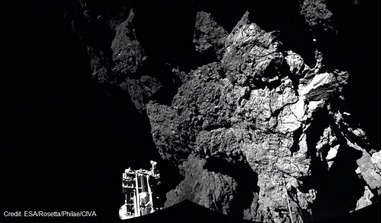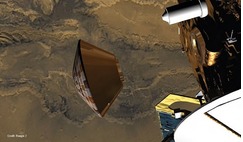 Issue #2(4) 2015
Issue #2(4) 2015
In November 2014, the whole world was watching the historic attempt by Europe to land on the comet 67P/Churyumov-Gerasimenko.
 Issue #2(4) 2015
Issue #2(4) 2015
OPS-SAT – Europe’s tiny, flying lab – is only 30 cm high but will carry a cutting-edge computer packing ten times more punch than any current ESA spacecraft.
 Issue #2(4) 2015
Issue #2(4) 2015
Space tourism is a new, exciting, and rapidly expanding development in manned space flight.
 Issue #2(4) 2015
Issue #2(4) 2015
On Christmas Day 2003, Europe waited for news of their first landing on Mars.
 Issue #2(4) 2015
Issue #2(4) 2015
It’s that time of year when many of us are thinking about packing some sunblock, maybe a parasol, and catching a few rays on our summer holiday.
SpaceX’s aggressive pricing policies and further grand ambitions have left other players in the commercial launch market with much to ponder.
Interstellar travel – although such daring exploration may be far-off – is already foreseeable.
Traditionally space science has been funded by tax payers through their governments but the tax payers themselves have not been able to say where the money is to be spent.
Geostationary orbit is traditionally the ‘playground’ of the rich. Only large countries with deep pockets have been able to contemplate putting communications satellites into this high-altitude orbit...
Unmanned Aircraft Systems, commonly known as drones, are on the rise. As the technology progresses, so individuals and companies see more and more uses for these versatile airborne platforms.